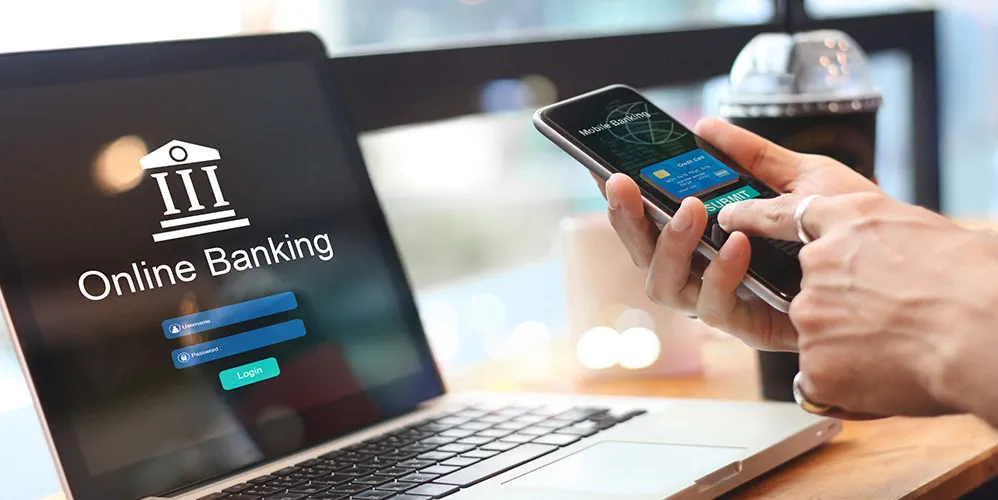Online Banking Fraud
Online Banking Fraud

Online banking fraud involves the unauthorized use of a person’s bank account or personal information to steal money or data through digital channels. Scammers may use methods like phishing, malware, or social engineering to trick victims into providing their bank credentials, which are then used to drain accounts or commit fraud. Malware can infect a user's device, enabling hackers to capture keystrokes or remotely access banking accounts. Social engineering exploits human psychology, leading individuals to disclose personal information under false pretenses, such as impersonating bank officials. Symptoms of online banking fraud include unexpected withdrawals or charges on bank statements, difficulty accessing your bank account, or receiving unusual alerts regarding account activity. Victims may also notice their login credentials being used from unfamiliar locations or devices, or they may receive calls or messages asking for personal information they have not initiated . Recognizing these signs early can help mitigate further losses and prompt immediate reporting to the bank and law enforcement. To avoid online banking scams, use strong, unique passwords and enable multi-factor authentication. Be cautious with unsolicited emails and verify sender addresses, while keeping your software updated. Regularly monitor bank statements for unauthorized transactions and stay informed about the latest scams. According to the FBI, Americans lost over $1.9 billion to online fraud in 2021, while the Reserve Bank of India (RBI) reported that online banking frauds accounted for nearly 56% of all banking frauds in 2020.
Prevention Tips
- 1Use strong, unique passwords for each financial account
- 2Enable two-factor authentication (2FA)
- 3Monitor your account activity regularly
- 4Be cautious of unsolicited emails, calls, or messages
- 5Avoid conducting banking on public Wi-Fi networks
- 6Keep your devices and software updated
- 7Use secure, private internet connections
- 8Never share personal banking information via email or phone
- 9Use official bank websites and apps
- 10Set up transaction alerts